According to CNN , since the beginning of 2024, at least 85 scientists who were on the rise or had already established their careers in the US have returned to work full-time at Chinese research institutes, more than half of them in 2025. Experts say this trend may continue, in the context of Washington cutting research budgets, tightening supervision of foreign talent, while Beijing increases investment in innovation.
The phenomenon of “reverse brain drain” raises questions about America’s ability to maintain its leading position in science and technology, which has been consolidated since World War II. This is also a factor that can directly affect the US-China race in future industries such as artificial intelligence (AI), quantum computing, semiconductors, biotechnology and smart military equipment.
China takes advantage of "gift from America"
For years, Beijing has sought to attract global talent, especially Chinese scientists who studied and worked abroad, many of whom have become mainstays of American science.
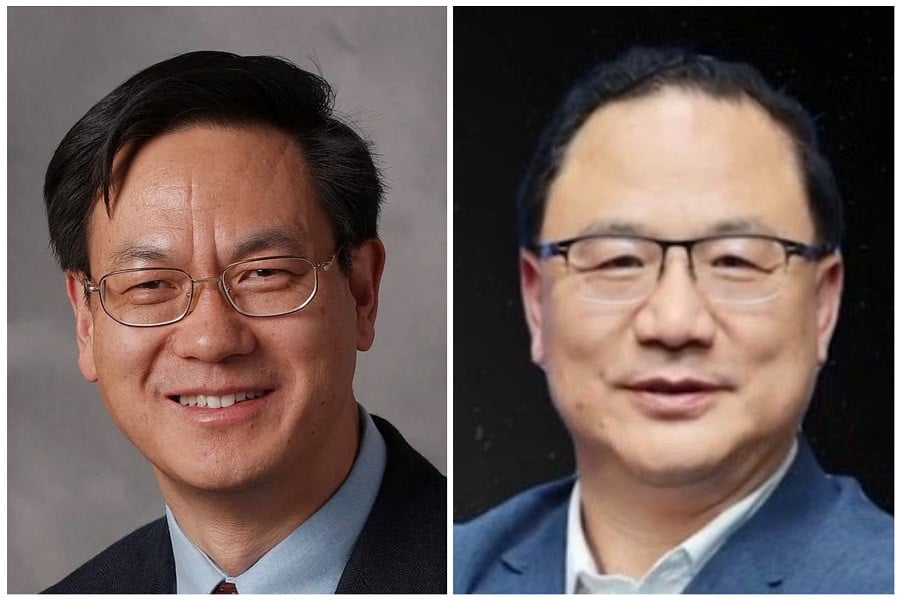
Washington's policy changes, from budget cuts, increased oversight, increased H1-B visa fees to using funding to pressure universities, have inadvertently created more opportunities for China.
“Chinese universities see this as a ‘gift from America’ to recruit talent,” commented Professor Yu Xie (Princeton University, USA). He believes that in the coming years, China will witness an explosion of innovative research and training programs in many fields.
Lu Wuyuan, a protein chemist who was a professor at the University of Maryland before moving to Fudan University (Shanghai, China) in 2020, also noted this trend: “Applications from foreign researchers have increased significantly. This is a strong and difficult to reverse flow.”
Public recruitment, preferential treatment
Some Chinese universities have openly called for talent. Wuhan University once posted recruitment ads on social media, promising attractive salaries and a research budget of up to 3 million yuan (over 10 billion VND), prioritizing the fields of robotics, AI and cybersecurity.
The Chinese government also launched additional policies: the Qiming Program to bring top scientists into the commercial technology sector, focusing on chips and semiconductors; and a new type of visa "K visa" for young talents in the field of science and technology , effective from October 1, 2025.
Not a small challenge
However, along with its talent attraction policy, China also faces many doubts about its ability to maintain an open and innovative research environment.
Many scientists believe that the research environment in China is still different from that in the US, from funding mechanisms to project evaluation.
"If leaving the US is just a desire to 'escape' without truly seeing China as a development opportunity, then I would not encourage them to choose to come here," said Mr. Yu Hongtao, Dean of the School of Life Sciences, Westlake University (China).
According to experts, the top priority for scientists is still a place with favorable research conditions and stable funding sources. “If the US maintains its current level of funding, it will take China a long time to catch up,” warned renowned mathematician Yau Shing-Tung.
China’s efforts over the years have paid off: from its space program to renewable energy to military technologies like hypersonic missiles. According to the Nature Index , Chinese scientists now publish more research in prestigious journals than the US, and more Chinese schools are in the world’s top 50.
However, to become a scientific superpower, China still has to overcome many challenges: a tightly controlled political environment, language barriers and quality of life - factors that make many international researchers hesitant.
Source: https://vietnamnet.vn/chay-mau-chat-xam-nguoc-vi-sao-gan-100-nha-khoa-hoc-roi-my-ve-trung-quoc-2448506.html


![[Photo] Prime Minister Pham Minh Chinh chairs the Government's online conference with localities](https://vphoto.vietnam.vn/thumb/1200x675/vietnam/resource/IMAGE/2025/10/5/264793cfb4404c63a701d235ff43e1bd)
![[Photo] Opening of the 13th Conference of the 13th Party Central Committee](https://vphoto.vietnam.vn/thumb/1200x675/vietnam/resource/IMAGE/2025/10/6/d4b269e6c4b64696af775925cb608560)


![[Photo] Prime Minister Pham Minh Chinh launched a peak emulation campaign to achieve achievements in celebration of the 14th National Party Congress](https://vphoto.vietnam.vn/thumb/1200x675/vietnam/resource/IMAGE/2025/10/5/8869ec5cdbc740f58fbf2ae73f065076)




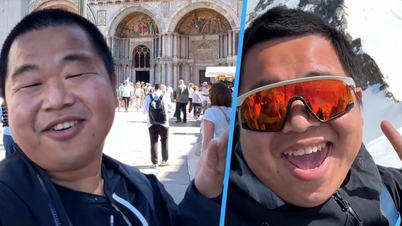
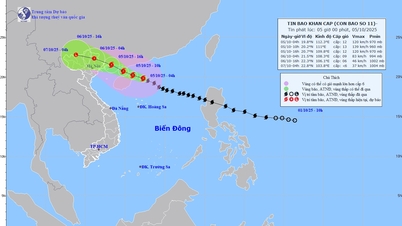

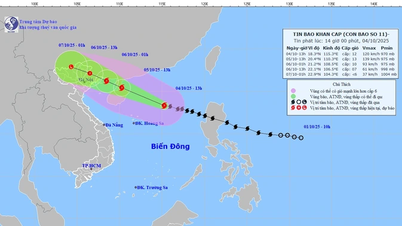







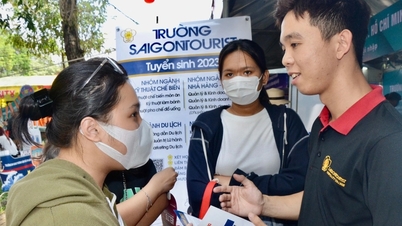

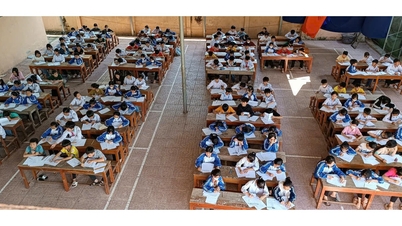






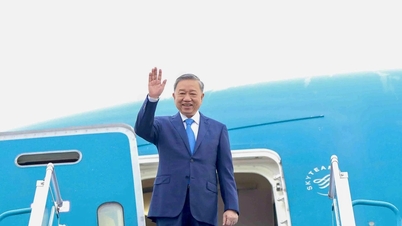
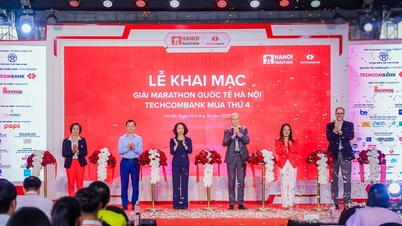


























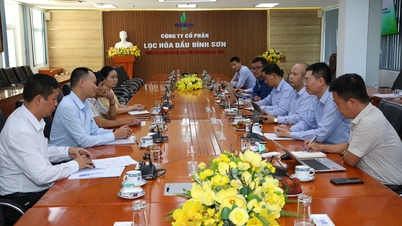















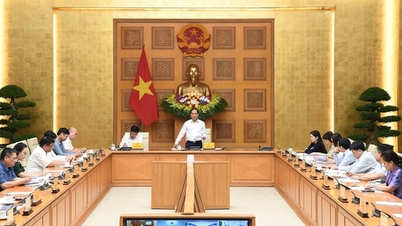
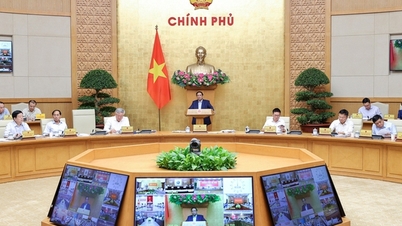


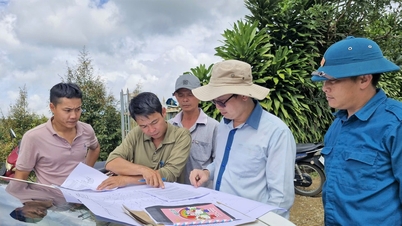



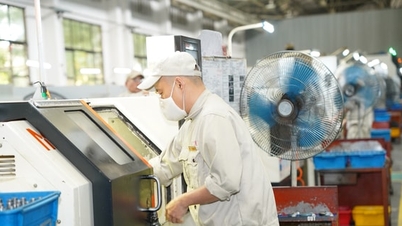

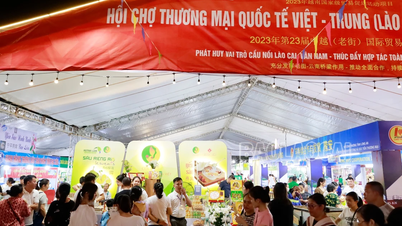
















Comment (0)